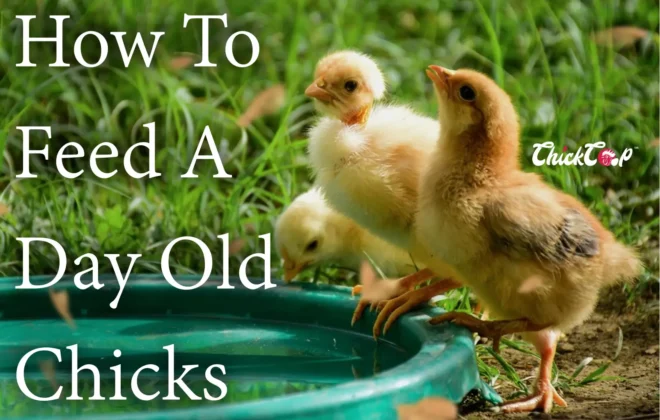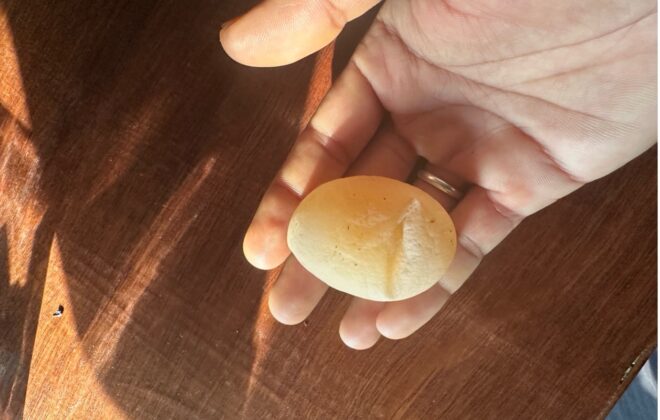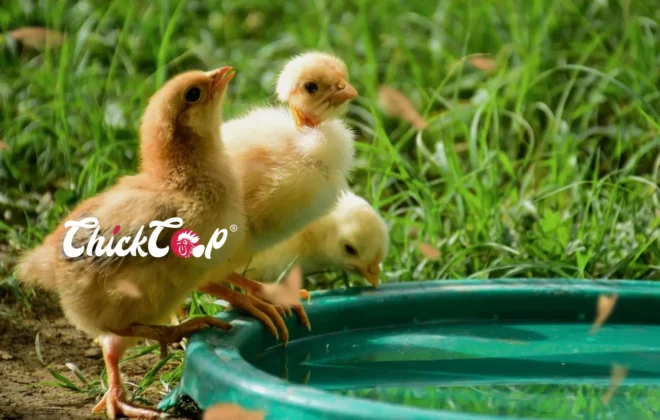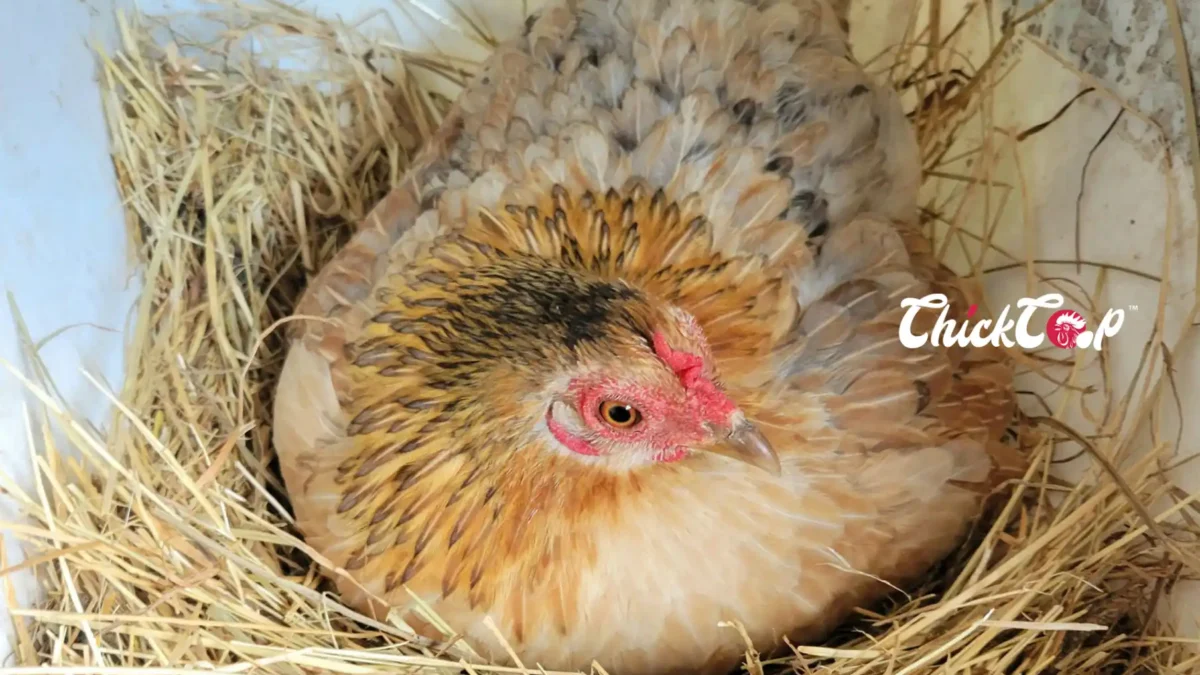
Helping the Sweet Egg Layers: A Guide for Backyard Chicken Keepers
Raising backyard chickens comes with one of the most rewarding experiences—collecting those fresh, wholesome eggs. But before your flock starts blessing you with their daily treasures, it’s important to understand the journey from pullet to productive egg layer, and how you can support them along the way. Helping your hens transition smoothly into their laying phase ensures healthy birds, stronger eggs, and a more enjoyable chicken-keeping experience.
When Do Pullets Start Laying?
The age at which pullets begin laying eggs usually depends on their breed. On average:
- Leghorns and lightweight breeds: Start laying between 18 to 22 weeks.
- Larger-bodied breeds such as Rhode Island Reds (RIR), Australorps, and Brahmas: Typically begin around 24 to 26 weeks.
This window is crucial. Knowing what to expect helps you prepare your coop, nesting spaces, and feeding schedule to welcome those first eggs with excitement rather than surprise.
Understanding Egg Development
A hen’s body is truly remarkable. Inside her ovary are countless undeveloped egg yolks. Here’s how the process works:
- Maturation of a yolk: Roughly every 25 hours, a yolk matures and is released.
- Ovulation: The yolk moves into the funnel-shaped oviduct, usually within one hour after the hen laid her last egg.
- Fertilization: If sperm is present (when a rooster is around), the yolk can be fertilized here.
- Formation of egg white & membranes: As it travels, layers of albumen (egg white) and protective membranes encase the yolk.
- Shell formation: The shell gland seals the egg in a strong calcium shell.
- Protective bloom: Finally, the egg receives a natural protective layer called the bloom or cuticle, which keeps bacteria out and prolongs freshness.
This process repeats itself like clockwork, producing one egg approximately every day under healthy conditions.
Nesting for Hens: Why Boxes Matter
Hens are instinctive nesters. Without proper boxes, they’ll lay in random corners, on coop floors, or even outdoors—putting your eggs at risk of breakage, dirt, and theft from predators.
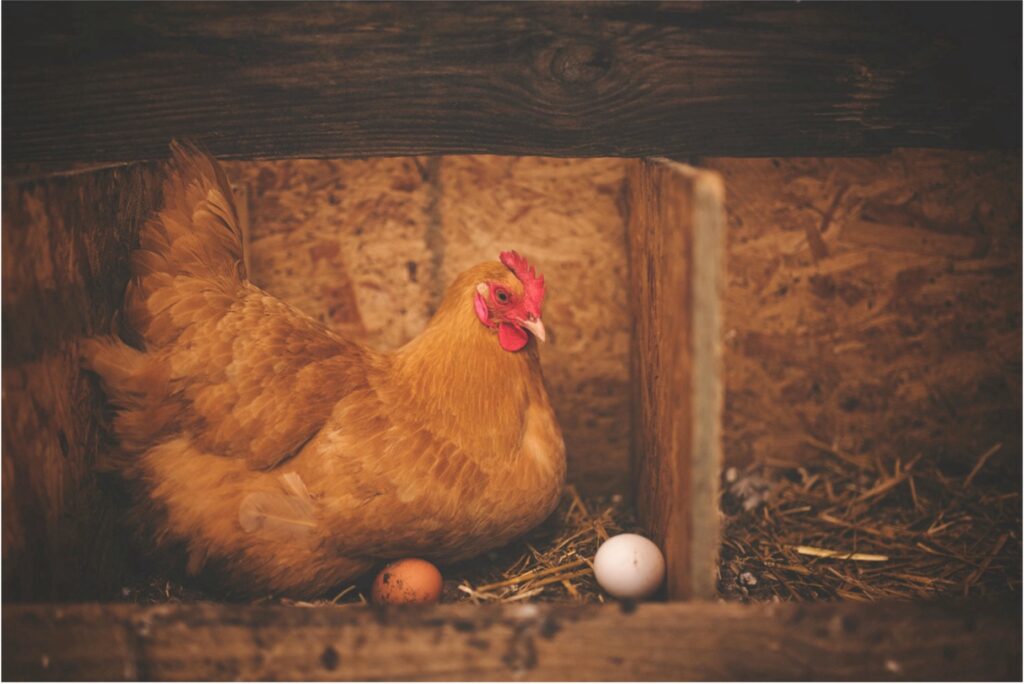
The ideal nesting box dimensions vary by breed size:
| Breed Size | Nesting Box Size |
| Bantam or Small | 10” Wide * 12” High * 10” Deep ( 25*30*25 Cm) |
| Light | 12” Wide * 14” High * 12” Deep ( 30*35*30 Cm) |
| Heavy | 14” Wide * 14” High * 12” Deep ( 35*35*30 Cm) |
A good rule of thumb is one nest box for every 3–4 hens, ensuring enough comfort and reducing the chances of squabbles.
Key Tips for Nest Box Setup
- Keep boxes low enough for easy access.
- Ensure boxes are dark and private to make hens feel secure.
- Maintain proper width and depth, since hens value these more than height.
If you don’t want to build boxes from scratch, repurposed crates, barrels, or old cabinets can work well too.
Choosing the Right Nesting Material
Egg quality depends not only on the hen’s health but also on how clean and safe the nesting area is. Good nesting materials include:
- Wood shavings
- Shredded paper
- Fine straw
- Well-dried, chemical-free lawn clippings
Adding a 4-inch sill along the box opening helps keep bedding in place and prevents eggs from rolling out. Refresh bedding frequently to maintain hygiene and reduce odors.
Nest Pads: An Extra Layer of Comfort
Nest pads add an extra layer of cleanliness and convenience. These are placed under the nesting material to catch spills and breakages. Options include:
- Store-bought pads made from wood fiber or washable plastic
- DIY versions crafted from cardboard, corrugated sheets, or even asphalt shingles
Pads make cleaning easier and keep eggs safer from cracks or contamination.
Supporting Your Layers with the Right Care
Helping your hens thrive during their egg-laying stage is about more than just nesting spaces. Here are additional care tips:
- Balanced Nutrition: Ensure your hens get enough calcium (for strong shells) and protein (for energy). Layer feed is specially formulated for this purpose.
- Consistent Light: Hens need around 14–16 hours of light daily to maintain steady laying cycles.
- Stress-Free Environment: Loud noises, predators, or overcrowding can delay laying or reduce egg quality.
- Clean Water: Fresh, clean water is just as important as feed. Dehydrated hens may stop laying altogether.
The Reward: Fresh, Healthy Eggs
When properly supported, your hens will reward you with clean, strong-shelled, and nutritious eggs daily. There’s nothing quite like gathering fresh eggs from your own flock—the taste, quality, and satisfaction are unmatched.
Ready to Get Started?
Whether you’re just beginning your chicken-keeping journey or looking to improve egg production in your current flock, setting your hens up for success is key. From nesting box design to diet and care strategies, every detail makes a difference in how happily and efficiently your hens lay.
At ChickCoop®, we’re more than just a Chicken Company, writing interesting blogs about them– we’re your trusted partner in building a modernized, sustainable and profitable farm. From breed selection to buy-back support, feed guidance, and modern farm management tips, we ensure farmers like you achieve the best results and profits.
Call us today to discuss your farming needs
📧 Email us at: write@chickcoop.in
📞 Call us: +91-9939209699
👉 If you’d like personalized guidance on improving egg production, nesting setup, or hen health, give us a call today! Our team is here to help you create the perfect environment for your sweet egg layers.
